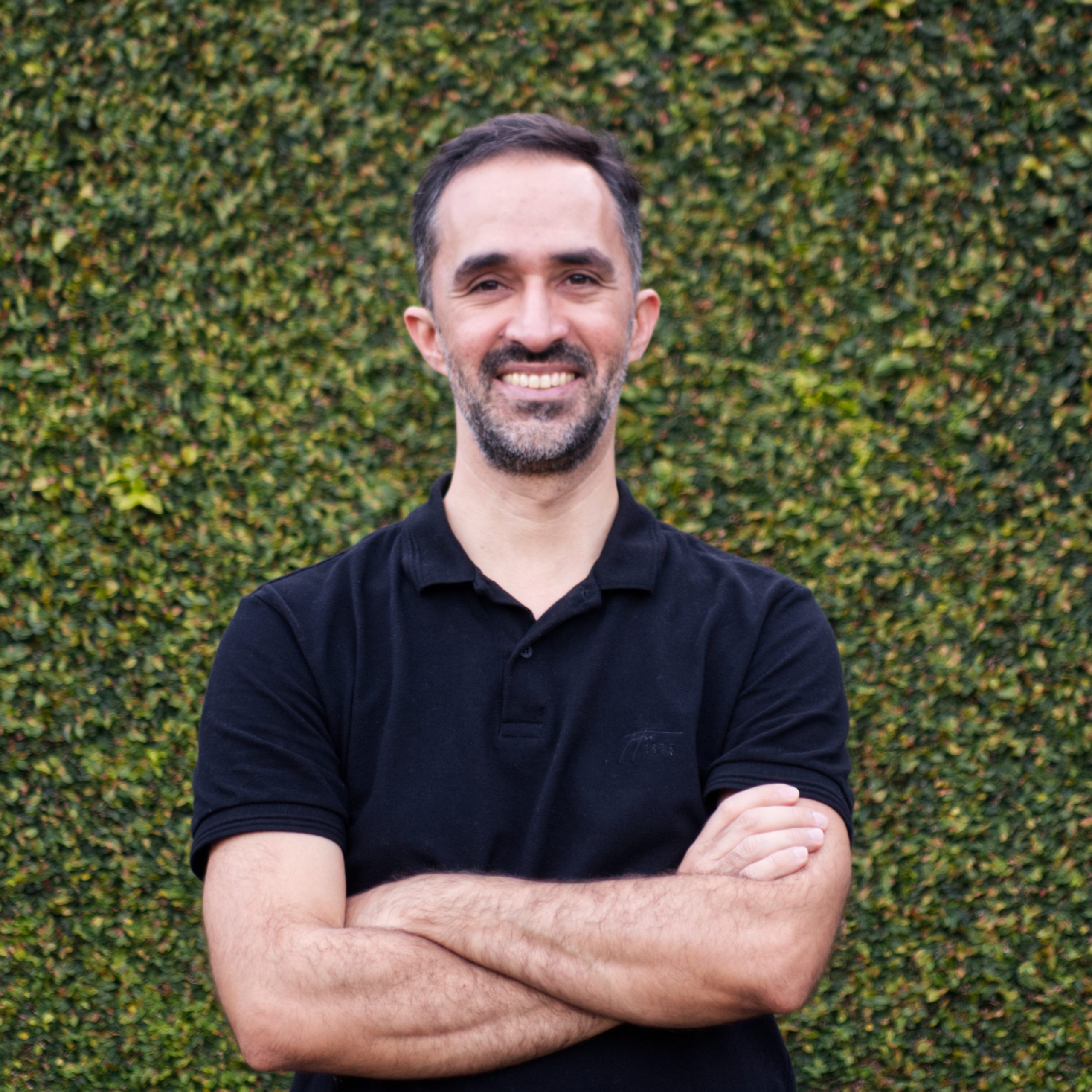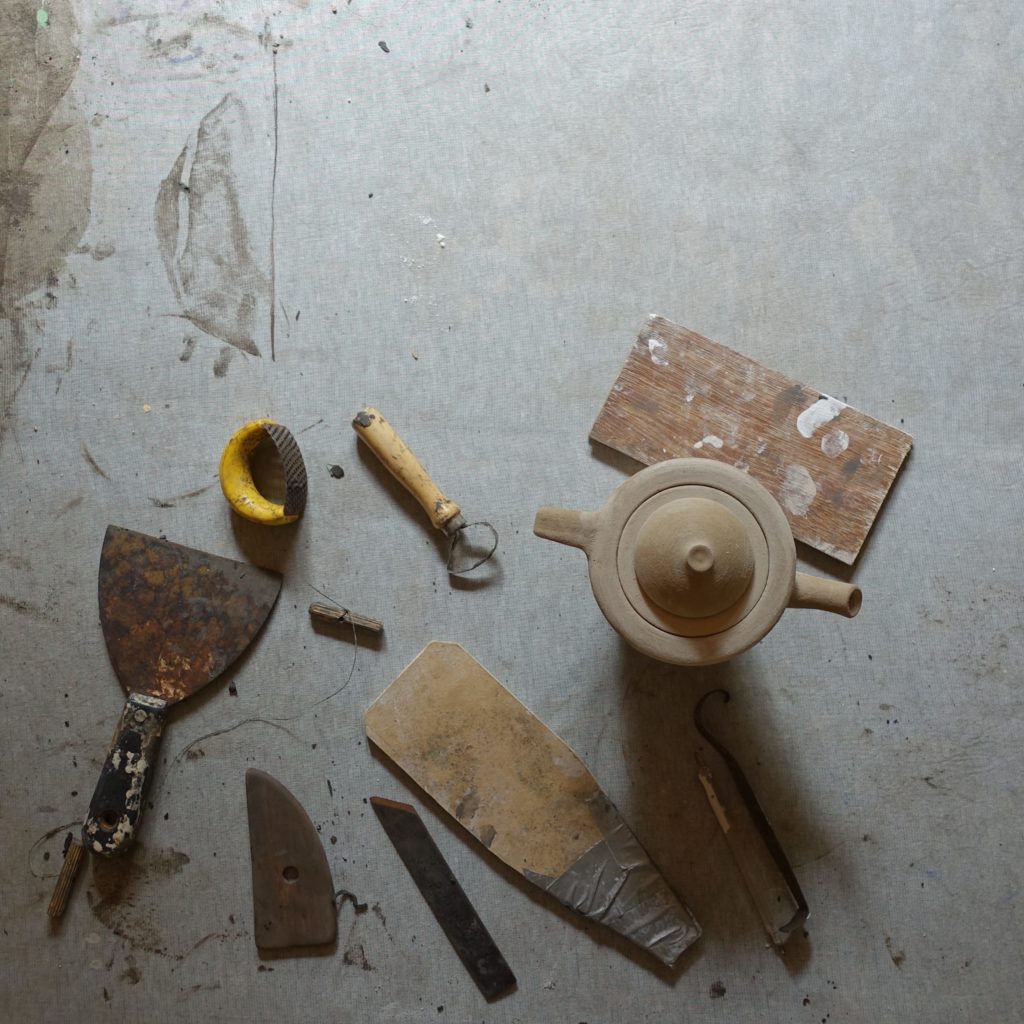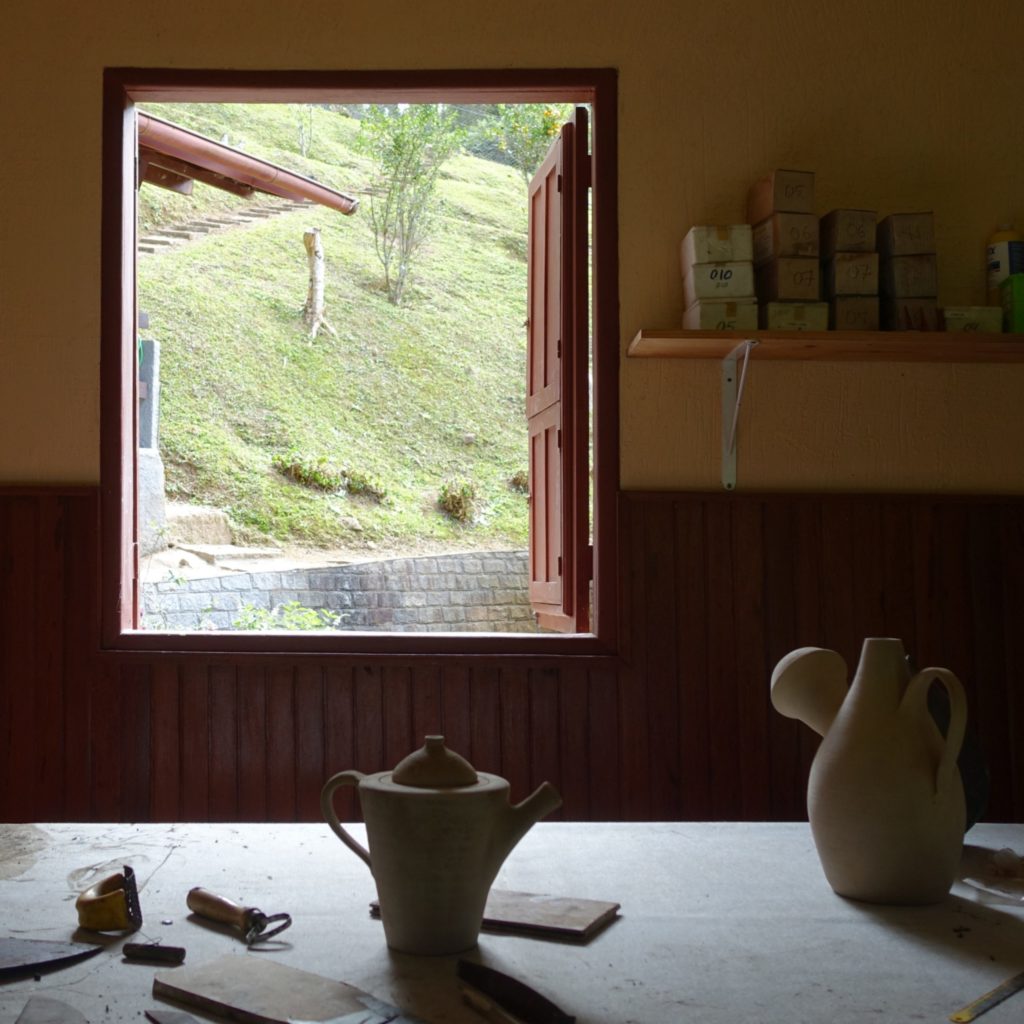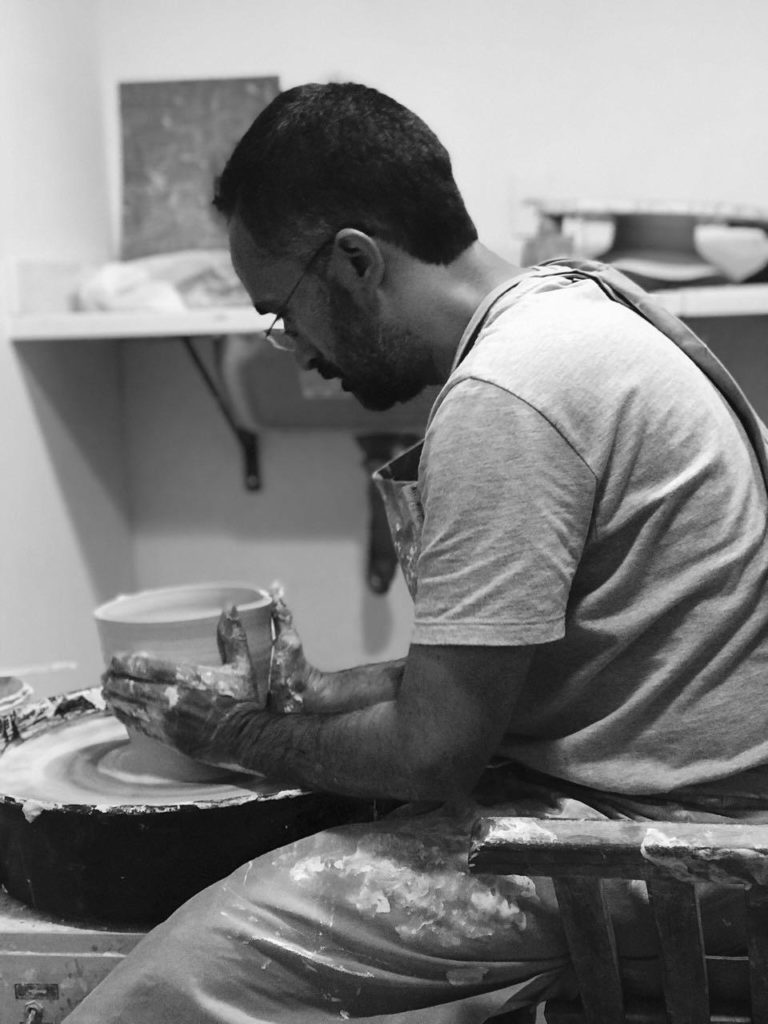
Gustavo Assis
I am a graduate in architecture and urbanism at UFRJ. Soon after my graduation, I dedicated myself to real estate management, makeovers and architecture projects, but I have always been very interested in Japanese culture, especially Japanese landscaping and the tea ceremony.
I decided to live for 3 years in Kyoto, Japan, and there I could, while working and studying the Japanese language, I immersed in my studies of the tea ceremony and of the local culture. I discovered the richness of oriental ceramics, which aroused a lot of interest in me. Upon returning to Brazil, I began my studies in ceramic art and realized that I could use it to demonstrate my great admiration for oriental aesthetics as well as satisfy my need for creative expression. This is because, at the same time that ceramics has a history that is confused with humanity itself, it is made of clay, a simple and highly plastic material, which gives the creator infinite possibilities to imprint his identity on the work.
So I created my studio and specialized in using ancient glazes from the Far East (such as celadon, tenmoku, ox blood, among others) in utilitarian and decorative pieces for everyday use. Parallel to this production, I began to produce sculptures that were simply results of my imagination, without necessarily meeting the needs of everyday use.
In early 2019, I decided to move from Rio to the mountainous city of Nova Friburgo. With the move, my studio came along and it was a period of many discoveries. My new lifestyle and proximity to nature made a lot more sense to me and my work with ceramics.
I am a graduate in architecture and urbanism at UFRJ. Soon after my graduation, I dedicated myself to real estate management, makeovers and architecture projects, but I have always been very interested in Japanese culture, especially Japanese landscaping and the tea ceremony.
I decided to live for 3 years in Kyoto, Japan, and there I could, while working and studying the Japanese language, I immersed in my studies of the tea ceremony and of the local culture. I discovered the richness of oriental ceramics, which aroused a lot of interest in me. Upon returning to Brazil, I began my studies in ceramic art and realized that I could use it to demonstrate my great admiration for oriental aesthetics as well as satisfy my need for creative expression. This is because, at the same time that ceramics has a history that is confused with humanity itself, it is made of clay, a simple and highly plastic material, which gives the creator infinite possibilities to imprint his identity on the work.
So I created my studio and specialized in using ancient glazes from the Far East (such as celadon, tenmoku, ox blood, among others) in utilitarian and decorative pieces for everyday use. Parallel to this production, I began to produce sculptures that were simply results of my imagination, without necessarily meeting the needs of everyday use.
In early 2019, I decided to move from Rio to the mountainous city of Nova Friburgo. With the move, my studio came along and it was a period of many discoveries. My new lifestyle and proximity to nature made a lot more sense to me and my work with ceramics.



Currently, I teach classes, write about ceramics in my blog, produce ceramics for clients on demand and for immediate delivery in my store, work in partnership with interior designers, landscape designers and architects, participate in craft fairs and events with the objective of disseminating knowledge about ceramic techniques to the general public.
My mission
As an architect and craftsman, my production is loaded with my history and I am dedicated to bringing life to homes with unique objects, offering an alternative to the world of impersonal and ordinary goods. Furthermore, I believe that functionality combined with beauty gives objects the ability to positively transform people's lives. Thus, from conception I am involved both artistically and pragmatically in my work, and the end result reflects my love of objects both for their beauty and their harmonious integration into environments and their functions.


